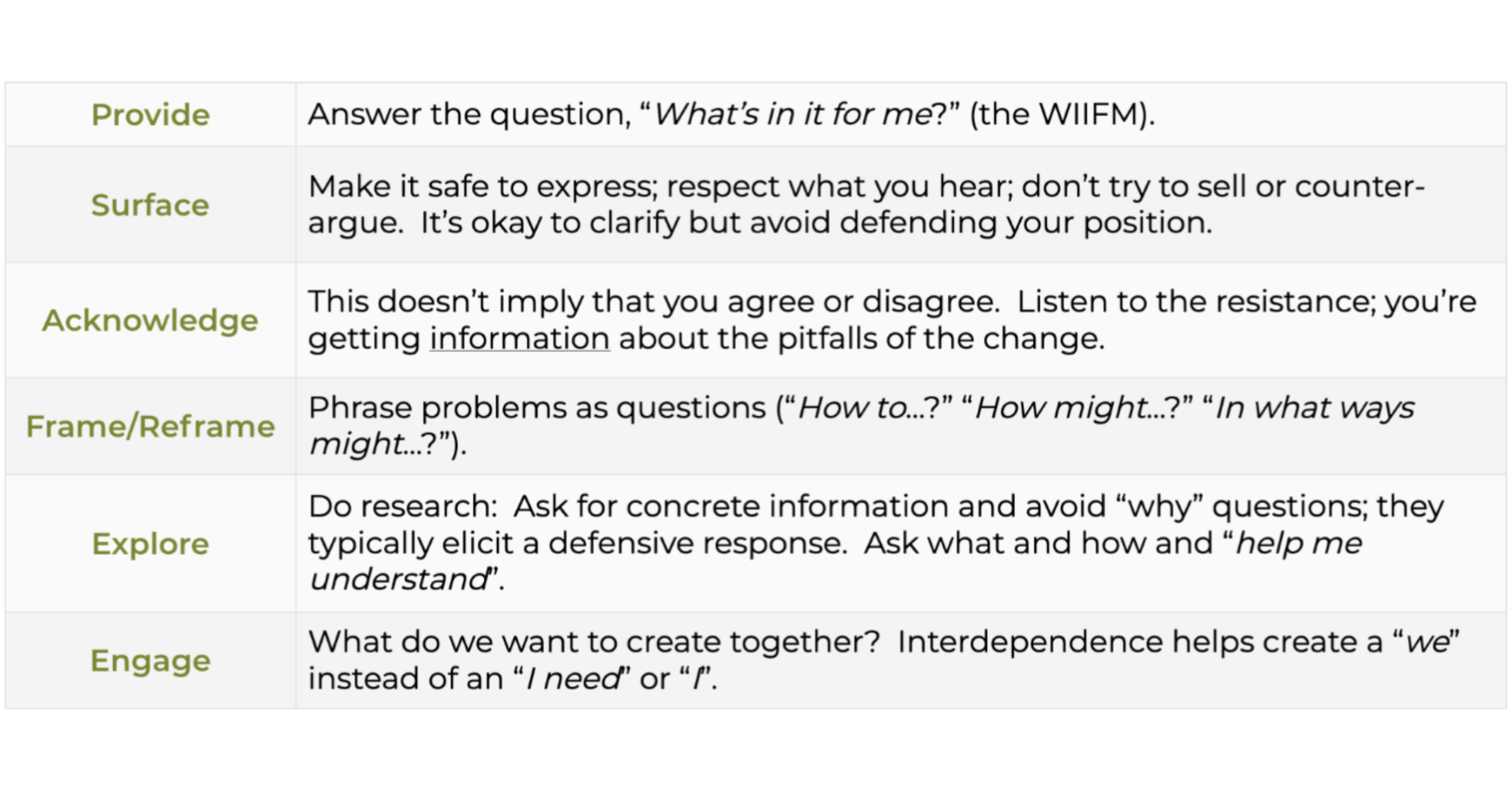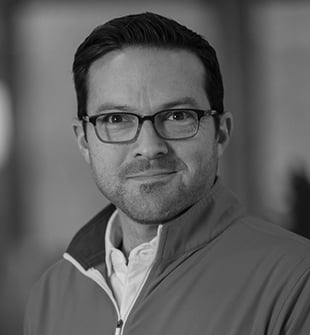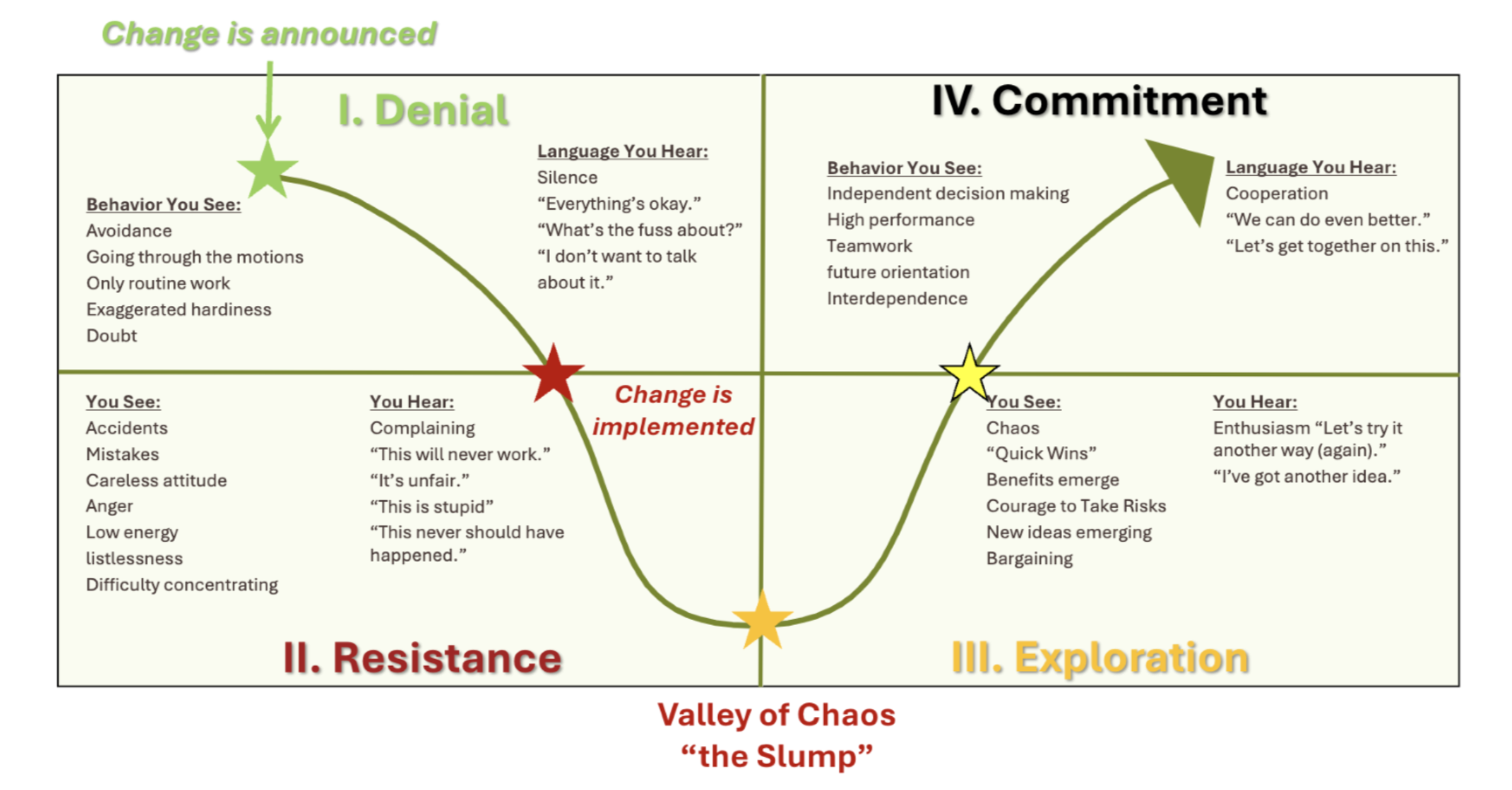By their very nature, growth-stage companies are in the change management business. After all, how can anything grow void of change? Scaling new functions, launching new product features, and expanding into new verticals are some types of changes that growth-stage CEOs expect and even look forward to. But what about the more complex transitions, such as mergers and acquisitions, re-organizations, RIFs, and executive succession? These are changes that require more from CEOs than simple process management; these types of changes require an intentional prioritization of people.
Such was the focus of this year’s CEO Summit. We worked with experts from the Center for Creative Leadership (CCL) to take CEOs and board members from across the Edison portfolio through a software-enabled simulation meant to make them more effective at leading people through change. The fictitious scenario, in the beginning, seemed straightforward enough: each group was tasked with steering two companies and their respective stakeholders through a recent merger. What emerged over the course of the simulation, however, was much more involved. Individual stakeholders responded to each decision with different types and levels of resistance, which ultimately determined both the speed with which the company moved towards the end goal and the level of employee support and engagement they had to help them get there.
While the simulation involved fictional companies and took a more gamified approach, its real-world implications resonated with and applied to everybody in the room. As a former operator, current investor, and people leader, I left the Summit with a few key learnings:
- It matters how you frame the change.
The CCL team walked attendees through the three phases of change: letting go, which entails leaving the old way of doing things behind; the valley of chaos (or, as Edison Director Network (EDN) member Al Subbloie put it, the “valley of temporary despair”), when things stop working and resistance mounts; and new possibilities, where the commitment to change manifests in high performance and efficient teamwork. While change management happens on the wings in the “letting go” and “new possibilities” phases, true change leadership happens in the valley of chaos.
At the crux of effective change leadership is effective communication, which the CCL team argued can get companies through the valley of chaos more quickly. In periods of significant organizational change, when employees are being asked to leave the ways of the past behind and transition into a new status quo, CEOs should frame the change by addressing the polarity between the old and new way (a topic we’ll cover unto itself in a later blog). Essentially, this involves acknowledging the status quo – both its benefits and its shortcomings – and articulating the reasons for and the upsides of the impending change. To foster constructive communication, leaders must approach people’s reservations with curiosity, recognize the natural propensity to do things the way they’ve always been done, and be transparent while openly acknowledging what remains unknown.
2. Resistance is inevitable, but not insurmountable.
Participants learned about the three types of resistance to change: cognitive resistance, which says “I don’t get it”; emotional resistance, which says “I don’t like it”; and my favorite, relational resistance, which says “I don’t like you.” (Yes, I’m going to use these in my role as a father of four as well!) All three are likely to arise at some point during a major organizational change, but none of them signal that the change cannot be successful. Understanding what type of resistance is being manifested can help leaders make more informed decisions on what steps to take to reduce or neutralize this resistance.
For example, a high-potential employee responding to news of a merger with “I don’t get it” may signal to the CEO that it’s necessary to offer more context – how the merger is a strategic business move, how employees can expect their roles or responsibilities to change, and what a successful integration looks like. On the other hand, if that same employee were to respond, “I don’t like you,” the CEO might decide to spend one-on-one time getting to know the employee’s motivations, aspirations, and concerns about the change. All in all, there is no one-size-fits-all way to deal with resistance. The matrix below outlines several different ways to deal with pushback, as articulated by Rick Maurer in his book, Beyond the Wall of Resistance.

3. Sequencing matters.
One striking aspect of the simulation was that the order in which decisions were made had just as much impact on the outcome as the decisions themselves. Two groups could make identical decisions, but if they made them in a different order, their results diverged significantly. While this initially frustrated our highly competitive CEOs, it mirrors a fundamental truth in the real world.
During periods of organizational change, timing is everything. Just as a company wouldn’t launch a new product without first preparing customers with targeted marketing communications, growth-stage CEOs must first set the stage by framing major changes (refer back to point one) before diving into execution. When we are strategic and deliberate with our sequencing, we give our stakeholders the opportunity to get and stay on board, ultimately improving our chances for success.
To all CEOs and people leaders, I implore you to remember this: when things hit the fan, as they sometimes do, your people leadership through transitions makes all the difference. When simply managing the change looks like the path of least resistance, I challenge you to reframe your thinking towards leading people through change.

.png)

